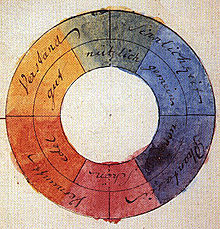
West began making drawings around 1970 before moving on to painted collages incorporating magazine images that showed the influence of Pop Art. His art practice started as a reaction to the Viennese Actionism movement has been exhibited in museums and galleries for more than three decades.Over the last 20 years he had a regular presence in big expositions like Documenta and the Venice Biennale.
West's artwork is typically made out of plaster, papier-mâché, wire, polyester, aluminium and other, ordinary materials. He started to produce paintings, but then turned to collages, sculptures, portable sculptures called "Adaptives" or "Fitting Pieces", environments and furniture – "welded metal chairs and divans, some minimally padded and upholstered in raw linen."For his early sculptures, West often covered ordinary objects—bottles, machine parts, pieces of furniture and other, unidentifiable things—with gauze and plaster, producing "lumpy, grungy, dirty-white objects".
In the late 1990s, West turned to large-scale lacquered aluminum pieces, the first (and several after) inspired by the forms of Viennese sausages, as well as the shapes of the Adaptives. With their monochrome colors and irregular patchwork surfaces, these works were also meant for sitting and lying.
| “ | It doesn't matter what the art looks like but how it's used.Franz West | ” |


























